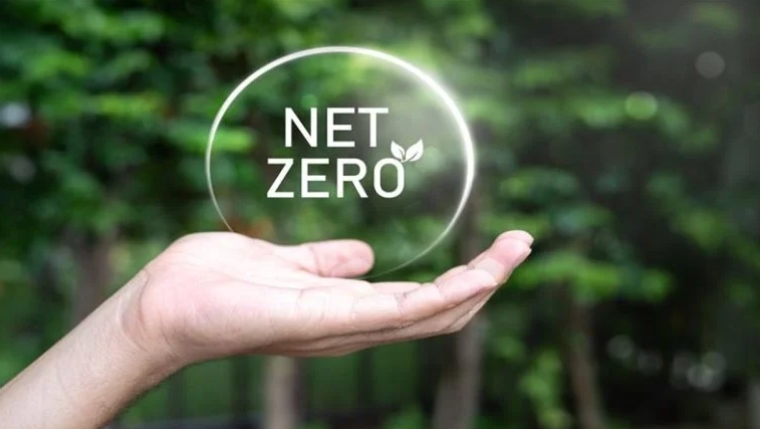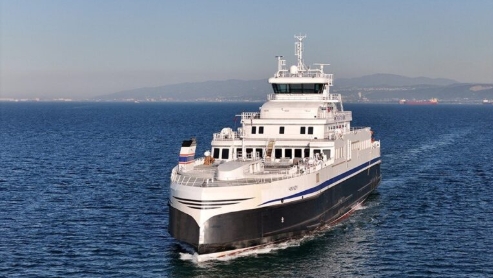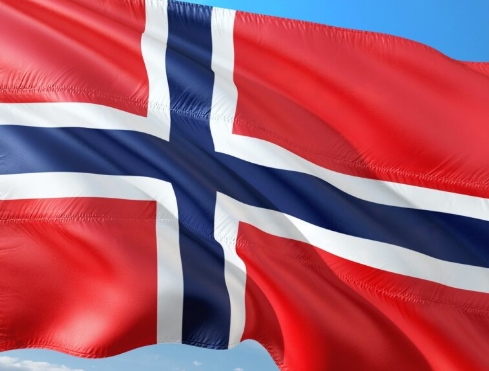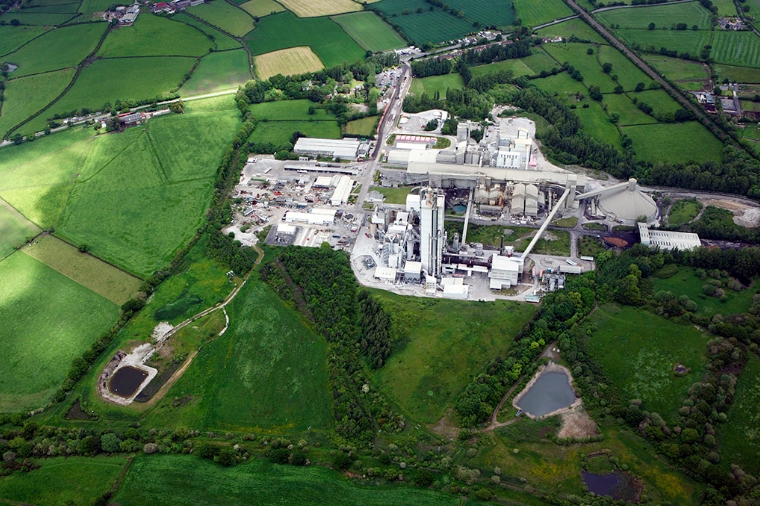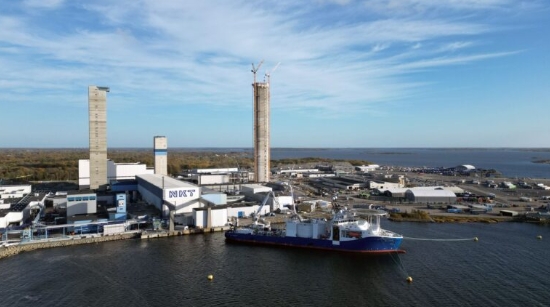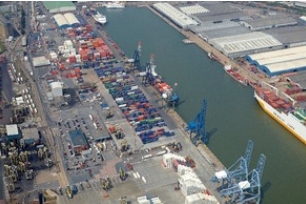Cooling and Heating Help Deliver Largest CO2 Reduction
06 Nov 2020 by coolingpost
EUROPE: Greater efficiencies in cooling and heating in the buildings sector led to a 50% reduction in greenhouse gas emissions between 2005 and 2018, according to the European Environment Agency (EEA).
This cut, equivalent to 155MtCO2e, was the largest contribution to overall reductions in Effort Sharing emissions over that period. The measures taken included improvements in energy efficiency and the switch to less carbon intensive fuels for heating and cooling, including renewable energy sources.
The Effort Sharing targets cover emissions from most sectors not included in the EU Emissions Trading System (EU ETS), such as transport, buildings, agriculture and waste. Altogether, these emissions account for about 58% of total EU greenhouse gas emissions.
Heating and cooling activities of residential and commercial buildings are responsible for a quarter of greenhouse gas emissions in the Effort Sharing sectors, the second biggest source after transport. Fluctuations in weather conditions from one year to another (ie warmer or colder winters) are an important cause of annual variations in this sectors emissions.
However, emissions over the period 2005-2018 show a clearly decreasing trend. This can be linked to several policy-driven factors, in particular the increasing energy efficiency of buildings and the switch to less carbon intensive fuels, including renewable energy sources for heating and cooling.
The EEA briefing – National action across all sectors needed to reach greenhouse gas Effort Sharing targets – reveals that EU Member States and the UK have reduced greenhouse gas emissions in Effort Sharing sectors by 11% from 2005 to 2018.
Despite this, the annual pace of emission cuts needs to nearly double from 2018 onward, says the EEA, in order to achieve the EU Effort Sharing target of 30% reduction from 2005 to to 2030.
The effort sharing target is part of the EU’s commitment of reducing all greenhouse gas emissions at least by 40 % from 1990 to 2030.
